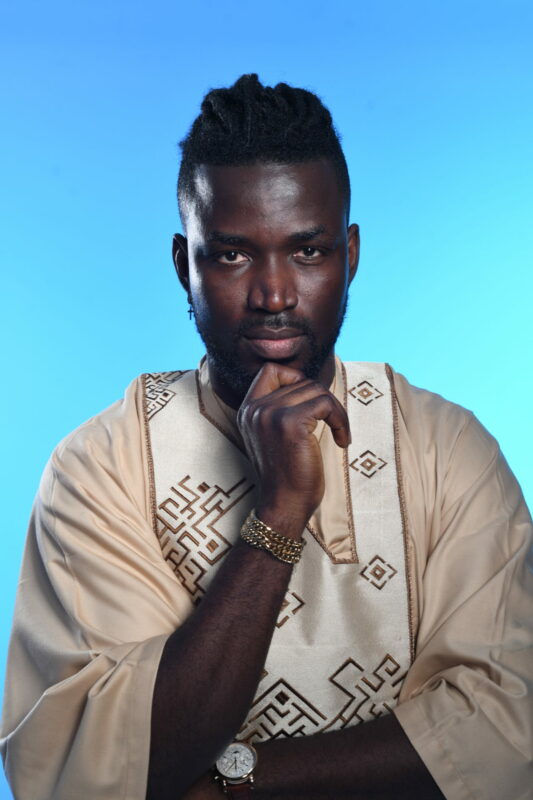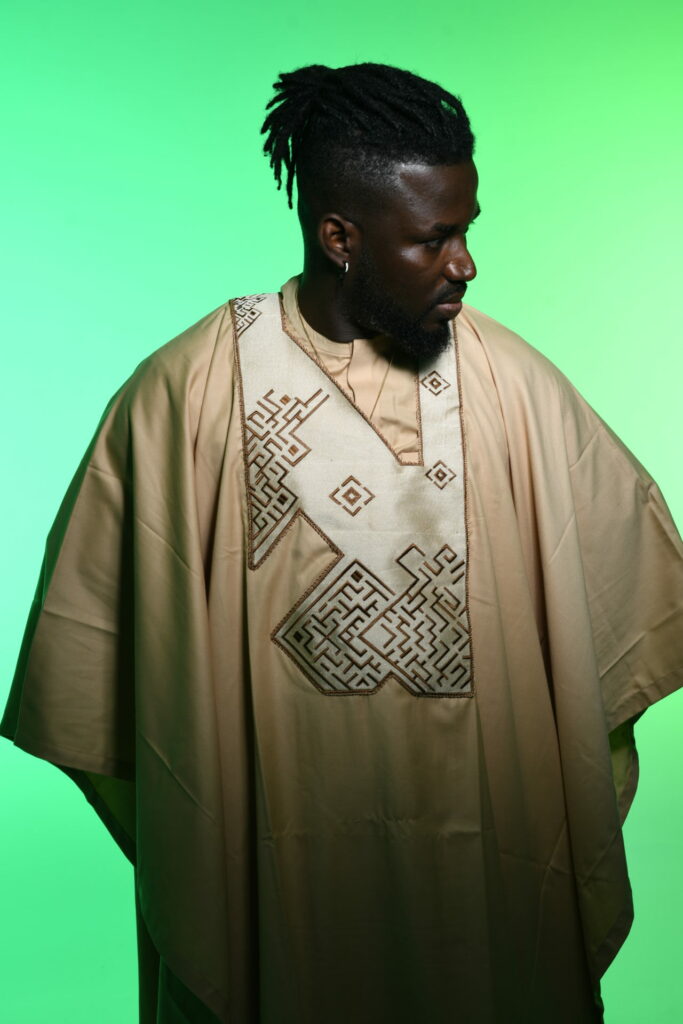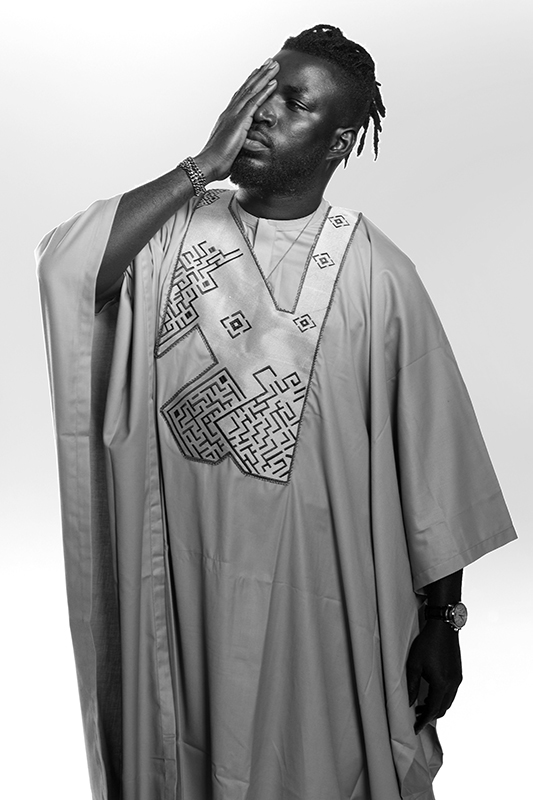The Agbada: A Symbol of Yoruba Elegance and Culture
Origin: The Agbada, a flowing robe traditionally worn by the Yoruba people of western Nigeria, has a rich history that dates back centuries. Its origins can be traced to the Middle East, introduced to Africa by Berber and Arab merchants during the trans-Saharan trade1. Over time, the Yoruba people adopted and adapted this attire, making it a staple of their cultural wardrobe1.
Culture: In Yoruba culture, the Agbada is more than just clothing; it is a symbol of status, respect, and cultural pride. Traditionally, it was worn by men of high social standing, including kings, chiefs, and elders2. The garment is often paired with a matching cap (fila) and traditional Yoruba beads, completing the regal look3.
Styles: There are two main types of Agbada among the Yoruba:
Casual Agbada (Agbada Iwole): Also known as Sapara, this style is smaller, less voluminous, and made from lighter fabrics. It is suitable for everyday wear1.
Ceremonial Agbada (Agbada Amurode): This style is larger, more ornate, and made from heavier, more expensive materials like aso oke. It is reserved for special occasions
Social Significance: The Agbada holds significant social importance. It is a symbol of wealth, power, and prestige. The size and intricacy of the embroidery often indicate the wearer’s social status. Wearing an Agbada is a way to honor tradition and show respect for cultural heritage2.
Occasions: The Agbada is worn on various special occasions, including:
Weddings: Grooms often wear Agbada to signify their status and respect for tradition.
Festivals: Cultural festivals and celebrations see many attendees donning their finest Agbada.
Religious Ceremonies: It is also worn during important religious events and ceremonies.
Funerals: To honor the deceased and show respect, Agbada is often worn at funerals2.
Contemporary Ways of Styling: In modern times, the Agbada has evolved to incorporate contemporary fashion trends. Designers experiment with different fabrics, colors, and embroidery styles to create unique looks. Some contemporary styling tips include:
Mixing Fabrics: Combining traditional fabrics like aso oke with modern materials such as silk or lace.
Bold Colors: Using vibrant colors to make a statement while maintaining the traditional silhouette.
Accessorizing: Pairing the Agbada with modern accessories like designer shoes and watches.
Tailored Fits: Opting for a more fitted look to blend traditional and contemporary styles2.
The Agbada remains a timeless piece of Yoruba culture, symbolizing elegance, tradition, and cultural pride. Whether worn in its traditional form or with a modern twist, it continues to be a powerful expression of identity and heritage.
Source: 1: Yoruba Lessons 2: Moments Log 3: Wikipedia





